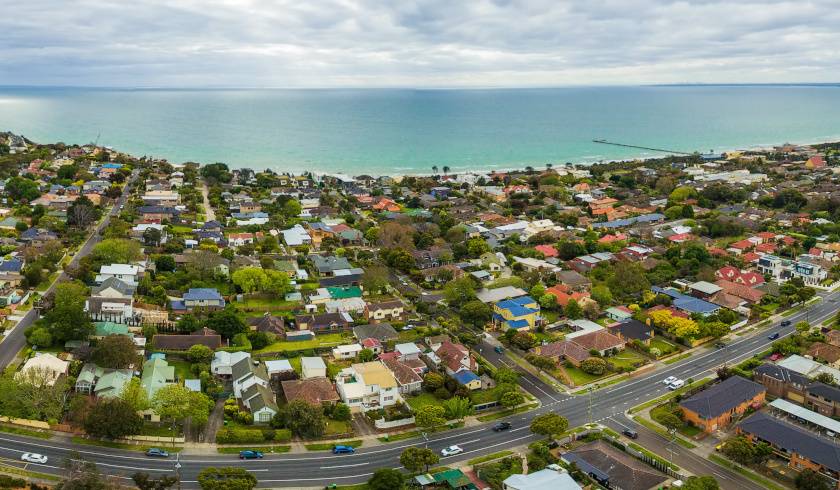Housing market ‘relatively resilient’ amid COVID-19
National housing values are yet to take a hit, despite the economic fallout of COVID-19 and restrictions placed on the real estate market, according to CoreLogic.

Eliza Owen, head of research Australia at CoreLogic, has noted that the Australian housing market has remained “relatively resilient” amid the COVID-19 crisis, despite low consumer sentiment and bans on public auctions and open homes.
In the 28 days to 21 April 2020, national housing values across the combined capital city markets have increased, inching upwards by 0.4 per cent.
CoreLogic noted that this is a much slower rate of growth than that recorded halfway through March, which saw a 1.1 per cent rise, but was pleasantly surprised by the positive result.
“It is still likely that property values will fall amid the [COVID-19 economic] downturn,” Ms Owen stated. “But the decline in momentum across property values has been relatively mild relative to what has happened in market activity.”
This mildly positive result comes despite Reserve Bank of Australia governor Philip Lowe’s prediction that Australia now faces the worst economic contraction since the 1930s.
In his address made on 21 April, Governor Lowe suggested that by June 2020, Australia’s national economic output could fall by 10 per cent, national hours worked could fall 20 per cent, and national unemployment levels could reach 10 per cent.
While property values have, to date, not taken a hit, such “extreme contractions in the economy” have the potential to “exacerbate the structural risk of high housing debt” in Australia and impact the housing market, according to Ms Owen.
As of December 2019, the housing debt-to-income ratio in Australia hit a record high of 142.1 per cent.
“With large losses in jobs and hours worked, the same level of income is not available to service high housing debt,” Ms Owen said.
“This would presumably mean more people having to sell property, or a larger volume of distressed sales.”
However, to date, there has been “no evidence” of an increase of such sales, said Ms Owen.
Rather than seeing an influx of vendors forced to sell, listing volumes are currently falling, meeting the drop-off in buyer demand and stabilising housing values, according to CoreLogic data.
In the 28 days to 19 April, new listings are down 28.8 per cent from the same period last year, with total listing figures down 23.8 per cent.
“The fact that listing volumes and seller activity is so low, and therefore available housing supply constrained, may be one factor preserving relative stability in property prices,” Ms Owen said.
She also noted that widespread pauses on mortgage repayments could be another “key factor” in keeping property values relatively stable, for now.
“That is because the only people listing their property in the current climate, may be those who need to sell, because paying off a mortgage is no longer affordable.
“But the number of people in this situation is minimised by a break in mortgage repayments,” she said.
Ms Owen said the “true test” for Australian property values will come when the six-month mortgage holiday period comes to an end, although this period may be extended, if need be, by the RBA and the banking institutions.
“However, even once the economy returns to a state of normalcy, some households will have unpaid interest capitalised on their loan,” she stated.
“This increases the amount of debt held. For leveraged households in severe stress from the result of COVID-19, greater assistance may be required in this scenario – particularly where the government and banking system will have a far lower interest rates on debt than mortgage holders for years to come,” Ms Owen concluded.
